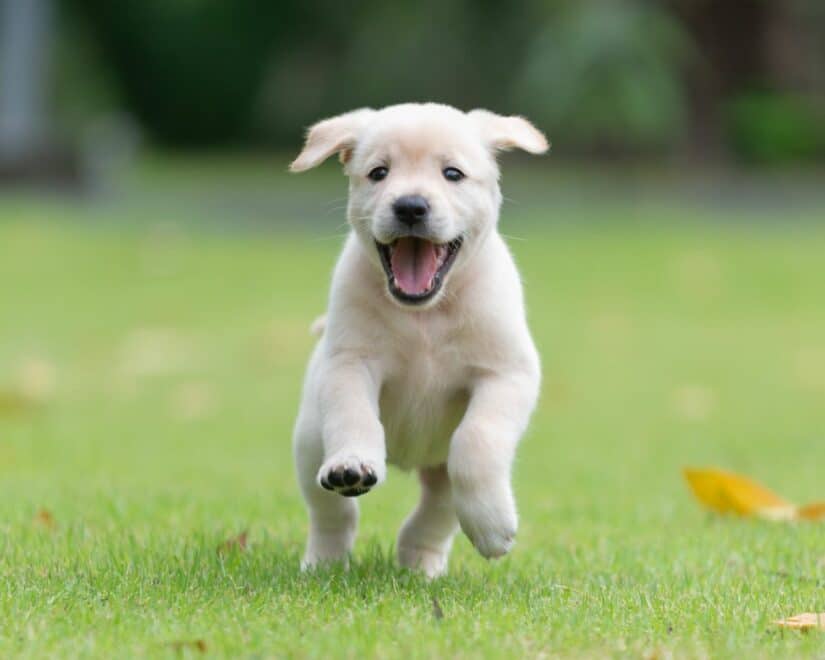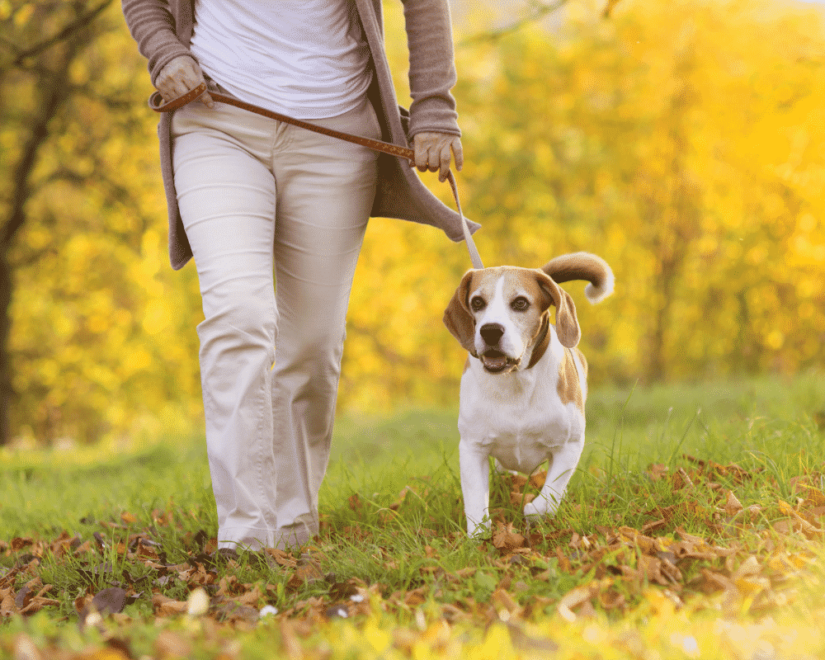The First 48 Hours
Welcoming a new puppy can be both exhilarating and chaotic. In the first 48 hours, you can expect to clean up many accidents, but there will also be plenty of opportunities for napping and snuggling with your new furry friend. You will want to contact your veterinarian to schedule a first check-up, where you can discuss your puppy’s nutrition, grooming, parasite prevention, and vaccination requirements. It’s crucial to choose activities that are best suited to your puppy’s needs. Training, exercise, and social stimulation are essential for your puppy’s development, especially since puppies are most receptive to new experiences such as sounds, smells, and other animals, and learning good behaviors before they reach three months old.
Unique Considerations for Puppy Training & Exercise
When creating a training and exercise plan for puppies, consider their unique needs and circumstances such as body condition, health status, breed, environment, and schedule. It’s not surprising that smaller dog breeds generally require less physical activity than larger ones. Indoor exercise can be enough for smaller breeds like poodles, pugs, and Maltese puppies. Still, owners should be careful not to neglect their exercise needs. Overweight issues are common in smaller breeds, so keeping them active is essential. On the other hand, larger dogs and working breeds like Australian Shepherds need more vigorous exercise to stimulate their bodies and brains. When puppies are bored or have excess energy, they may resort to destructive behavior, such as digging or barking incessantly for attention. Providing chew toys like a Nylabone or Kong stuffed with kibble can be a helpful outlet for teething puppies in addition to regular playtime and walks.
Keeping Puppies Engaged and Mentally Stimulated
Because puppies have shorter attention spans than their older counterparts, breaking up their playtime and training sessions into shorter blocks is essential. You can consider 10-15 minute sessions or stop when your puppy becomes distracted. Add variety to your activities to keep your puppy engaged and mentally stimulated. Rotating through their toys and finding new places to play is a good idea. For example, a wooded trail offers new smells and exploration. Likewise, beach play can expose your pup to the texture of sand, some seagulls to chase, and water for splashing.
Indoor Puppy Playtime
If the temperature outside is too hot or cold, consider indoor dog parks and daycares specifically for puppies. Before joining a group, ensure your puppy has a clean bill of health from a veterinarian since puppies are more likely to get transmissible intestinal parasites due to their immature immune systems. Vaccines are essential; dogs are typically fully vaccinated by 4-5 months. While some retail stores are pet-friendly, call ahead before taking your puppy with you. If you have a neighbor with a well-behaved and healthy pet, you can plan fun games like tug-of-war or zoomies with them in your living room.
Protecting Your Puppy’s Growing Bones
As young puppies, especially those of larger breeds, have bones like the femur and radius in a state of rapid growth and development, high-impact exercises performed over a long period can cause orthopedic issues. It would help if you conditioned your puppy to longer hikes and light jogging gradually. While playing ball or running after a friend is acceptable, it is important to let your puppy decide when to rest and respect that. While you may look forward to going for a run with your dog, saving endurance sports for when your pup has completed most of its growth is best. Puppies and young dogs who limp may have overexerted themselves at the dog park or have developmental issues such as hypertrophic osteodystrophy or cartilage defects. If this lasts more than a day after exercise and despite rest, it is time to contact your veterinarian.
Starting Off Right: Puppy Obedience Training
Starting obedience training as soon as you bring your puppy home is crucial. Use training treats sparingly and maintain consistency with commands and cues. Consistent practice is the key. A well-trained pet is safer and more enjoyable. The importance of early training cannot be overstated, as it will help build your puppy’s confidence and strengthen your bond. It also forms the foundation for future training. Once your puppy is old enough for obedience classes, word of mouth, breed clubs, and your veterinarian’s office are great resources for finding a trainer or a class. Group training classes offer an excellent opportunity for your puppy to socialize and learn crucial non-verbal communication skills, such as bite inhibition, in a safe, supervised environment. With these efforts, your furry friend will soon be delightful.
At Pet Butler, we want you and your pet to live your best and healthiest lives, which is why we offer pet waste removal and other services year-round. We offer weekly, bi-weekly, monthly and one-time clean-up services to work with your schedule and needs.


